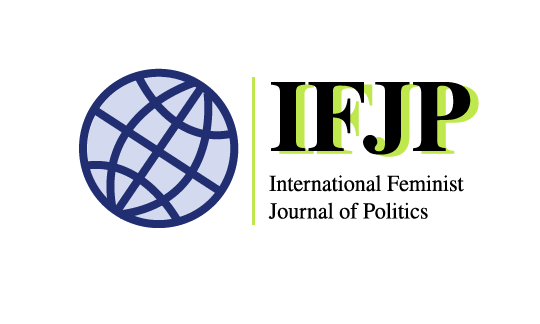The Feminism of European Green Parties
While not often considered the largest or most impressive party in Europe, the European Green Party (EGP) occasionally makes its way onto the public’s radar. For instance, the EGP had a large showing in the most recent EU elections this year, due to dissatisfaction with ruling parties in several countries. However, my interest in the EGP came not only from its outsider and occasional dark horse status, but also in noticing its attention to women candidates and feminist platform issues. At the intersection of environmental issues, gender issues, and party institutions, my article “Women's representation and European green parties: unlocking the connection” looks at the particular treatment of women candidates and feminist platforms in green parties across 20 European countries.
Building from a fascinating set of research looking at women and parties and nonmainstream parties, I chose green parties because they have feminism worked into their ideologies and are known for prominent women leaders like Caroline Lucas from Britain. Waxing and waning since the 1970s, my analysis traces some of the evolution of feminism within the European Green Party to connect theory with current party practices.
My research seeks to understand a larger number of green parties than past research. With the help of Google Translate and the availability of more party data than ever before via research projects such as International Institute for Democracy and Electoral Assistance (International IDEA) (formerly quotaproject.org), I analyzed several institutional dimensions of the 20 green parties including the inclusion of women in leadership positions, the inclusion of enforced gender quotas in party structure, the inclusion of women’s party member organizations, the structure of recruitment processes, and the content of party platforms. The research also included data from Eastern European Green Parties not previously included in academic research.
As the abortion debate once again roars through the United States, and paternalist immigration policies make appearances around the world, the question of party agendas and strategies has never been so important.
By studying descriptive and substantive representation, it it possible to get an in-depth look at women in green parties to understand the unique institutional features of the parties. It proves that green parties are outperforming other parties on both the left and the right as well as national legislatures in terms of women’s representation and feminism within the party institutions.
Beginning to understand the connection between green parties and feminism also opens the door for more research into parties and the unique opportunities they have for creating feminist policies. Although feminism was not always central in green parties, it has become a more notable ideological trait in recent years. Even though there are some differences between so-called red-green and green-green parties, feminism within these green parties remains homogenous and therefore allows for comparison between the parties. Because of the comparability of green parties and their feminism, I was able to examine both the theory and practice of feminism for the green parties in my analysis. Hopefully this piece will help connect foundational feminist political party literature with needed future work on nontraditional national and subnational parties.
Full article “Women's representation and European green parties: unlocking the connection”
Naomi Bick is currently a graduate student at Western Michigan University. Bicks’ scholarship focuses on environmental politics and women and politics.
Each blog post gives the views of the individual author(s) based on their published IFJP article. All posts published on ifjpglobal.org remain the intellectual property and copyright of the author or authors.



